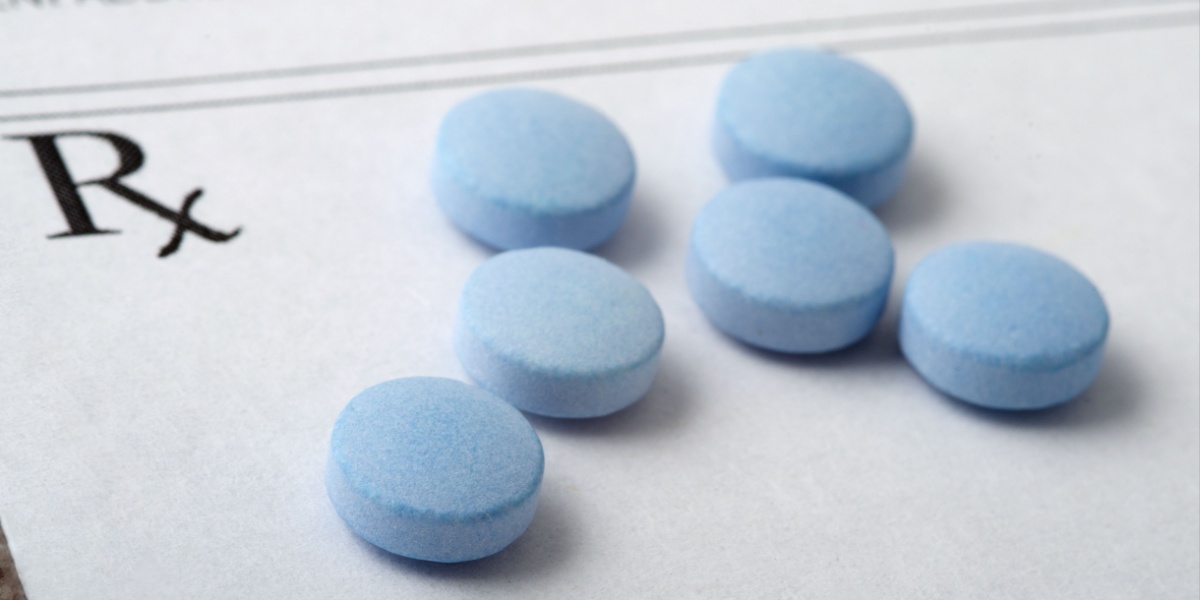Adderall is a prescription central nervous system (CNS) stimulant commonly used to treat attention deficit hyperactivity disorder (ADHD) and narcolepsy. [1][2] Because of its high potential for abuse and addiction, Adderall’s manufacturing, possession, and use are tightly regulated by government authorities.[3]
In the United States, Adderall is listed as a Schedule II controlled substance under the Controlled Substances Act (CSA) – a designation reserved for drugs with accepted medical uses but a high potential for abuse and dependence. [3][4]
Understanding Adderall’s controlled status and the regulations around it is important for anyone who is prescribed this medication or is considering its use.
- Under U.S. law, Adderall is classified as Schedule II under the CSA due to its high potential for abuse and risk of severe psychological or physical dependence.
- When taken as prescribed, Adderall can effectively treat ADHD and narcolepsy by improving focus and wakefulness.
- Because Adderall is controlled, patients must follow prescription guidelines closely. Refills are restricted, and prescriptions require careful monitoring.

Is Adderall a controlled substance?
Yes – Adderall is a controlled substance. In the United States, the Drug Enforcement Administration (DEA) classifies Adderall as a Schedule II controlled drug. [3][4] Schedule II substances are defined as drugs with a high potential for abuse, with use potentially leading to severe psychological or physical dependence. [4]
This category means that Adderall’s production, prescribing, and dispensing are regulated by federal law to prevent abuse and diversion. Only licensed medical professionals can prescribe Adderall, and pharmacies must adhere to strict procedures when filling prescriptions.
In practical terms, if you are prescribed Adderall, you will notice extra precautions—such as the inability to get automatic refills and requirements to show ID at the pharmacy—due to its Schedule II classification.
Medical use of Adderall
Despite its risks, Adderall has important medical uses when taken appropriately. Doctors prescribe Adderall primarily to treat ADHD in children and adults, and it helps increase attention span, improve concentration, and reduce impulsive behavior. [1][2]
It is also approved to treat narcolepsy, a sleep disorder, to help patients stay awake during the day.[2]
Implications: What does a Schedule II mean?
Adderall, being a Schedule II controlled substance, has several important implications for how it is handled, both medically and legally. Schedule II status indicates that while the drug has accepted medical uses, it also has abuse potential. For patients, this translates into stricter prescribing rules and warnings. Doctors and pharmacists must follow specific regulations whenever Adderall is prescribed or dispensed. For example:
- Refills on Adderall prescriptions are prohibited by federal law; instead, a new prescription is required each time. [4]
- Many jurisdictions also limit the quantity that can be prescribed at once (often a 30-day supply),
- Patients may need regular follow-up visits before getting a new prescription.
From a risk perspective, Schedule II means that addiction and dependence are serious concerns.[5]
Addiction potential
Adderall can be highly addictive if not used properly. Its stimulant effects on the brain’s reward pathways mean that some people may begin to crave the drug or seem to be unable to concentrate or feel “normal” without it. Using Adderall in ways other than prescribed – for instance, taking extra doses, using it to stay awake to study, or using someone else’s pills – significantly increases the risk of developing dependence or addiction. [6]
The addiction potential of Adderall is comparable to other potent stimulants. Neurologically, Adderall increases dopamine levels, which can produce feelings of reward and euphoria – the exact mechanism involved in addiction to many drugs. [7]
Legal and prescribing implications
Because Adderall is a controlled substance, there are strict legal controls on how it is prescribed and used. Legally, it is a crime to possess Adderall without a valid prescription. If someone is caught with Adderall that was not prescribed to them, they could face criminal charges for possession of a controlled substance.
Misuse of prescription stimulants (for example, taking pills not prescribed to you or selling/sharing your Adderall) is considered a felony in many states, and offenders may face serious judicial consequences. [8][9]
From a prescribing standpoint, doctors must follow federal and state regulations when writing an Adderall prescription; schedule II rules prohibit refills. [10]
How to use Adderall responsibly
- Always follow the doctor’s prescription instructions exactly. Take the dose prescribed at the times directed, and do not take more frequent doses to get extra effect. If you feel the medication isn’t working as well as it used to, resist the urge to self-increase the dose; instead, consult your doctor. They might adjust your dosage or consider other treatments.
- Never share your medication with anyone else, even if they have similar symptoms. Keep your Adderall in a safe place to prevent others from taking it and to remove any temptation for yourself to take extra. It’s also wise to avoid alcohol or other drugs while on Adderall unless your doctor says it’s okay. Mixing substances can increase the likelihood of adverse effects. [9]

-person-thumbnail.jpg?v=1758880627)


